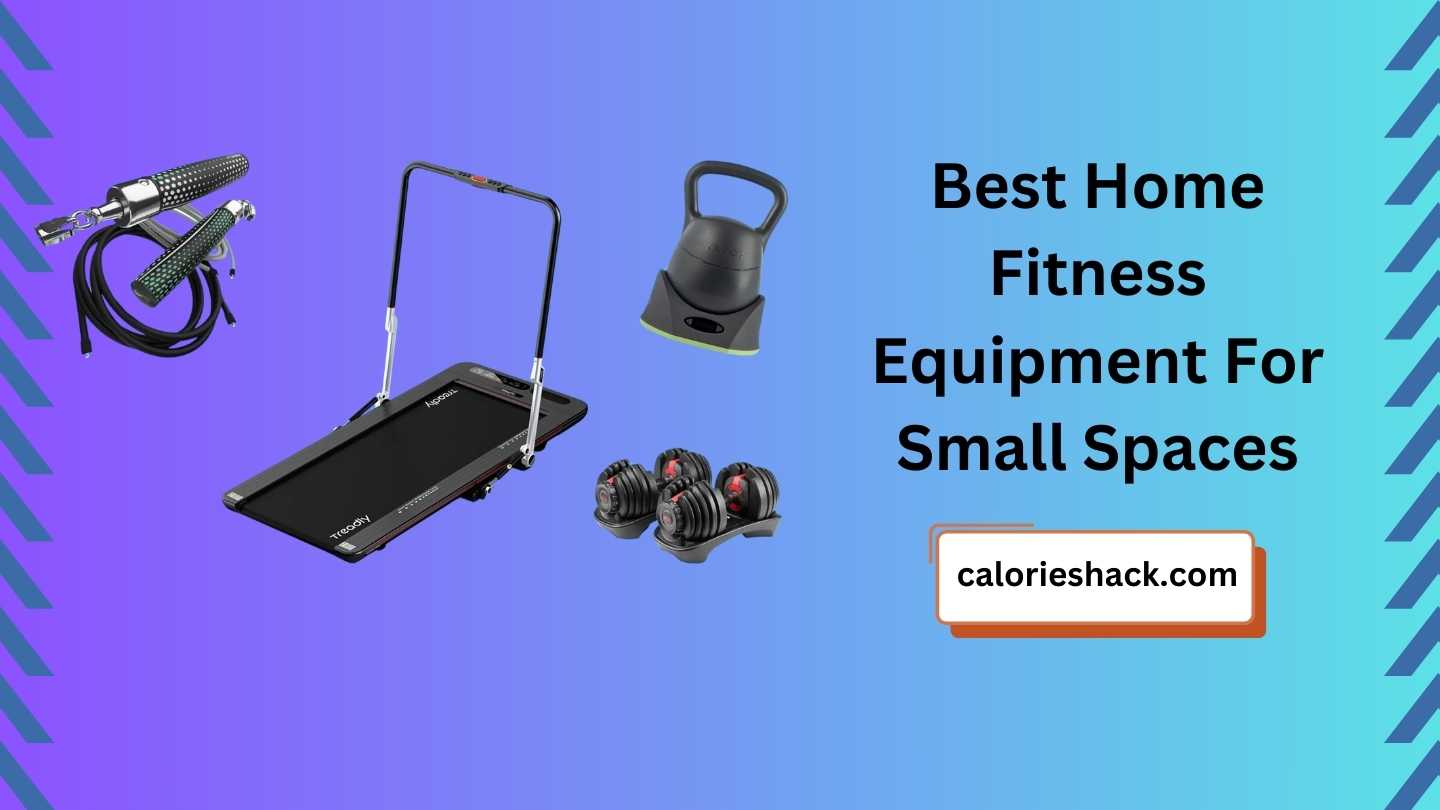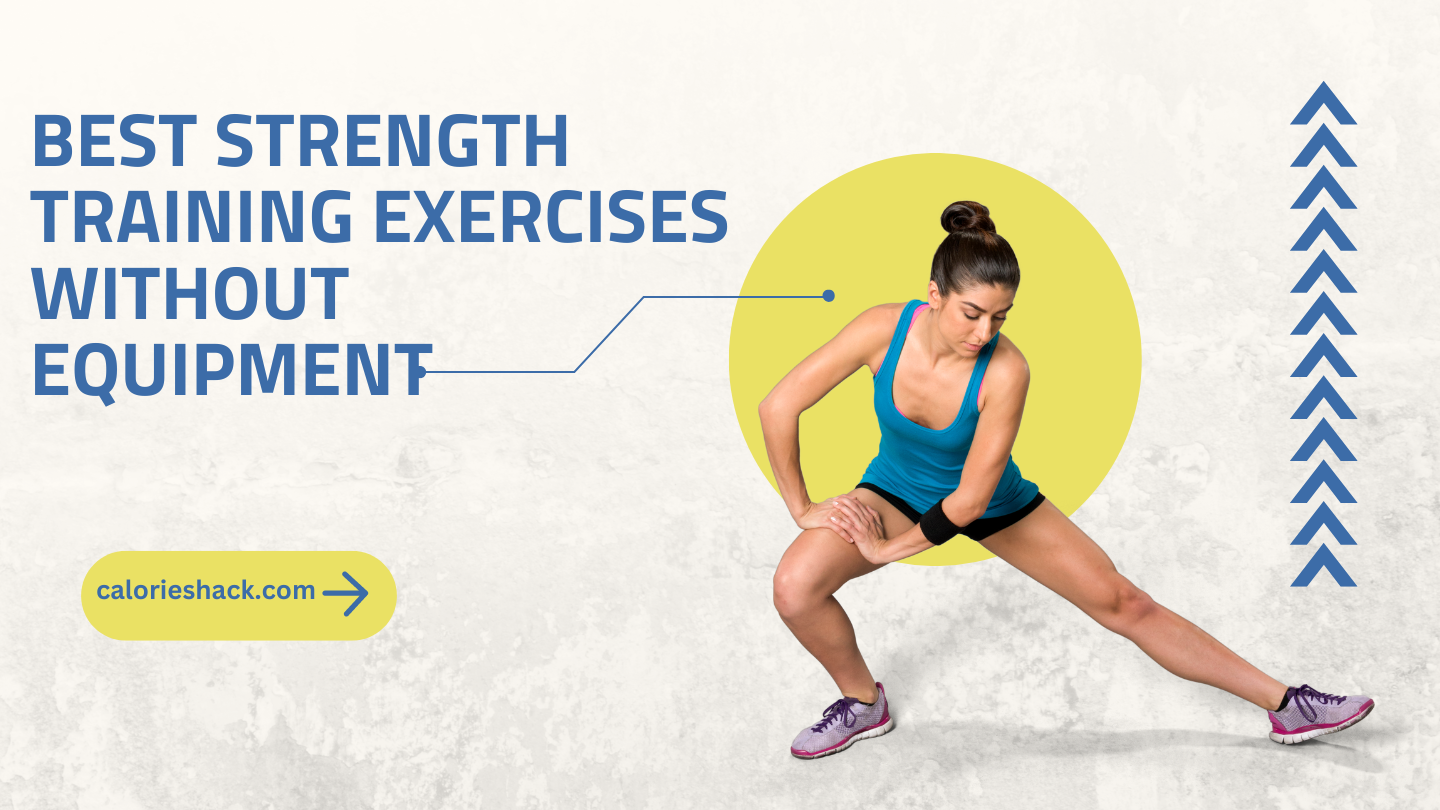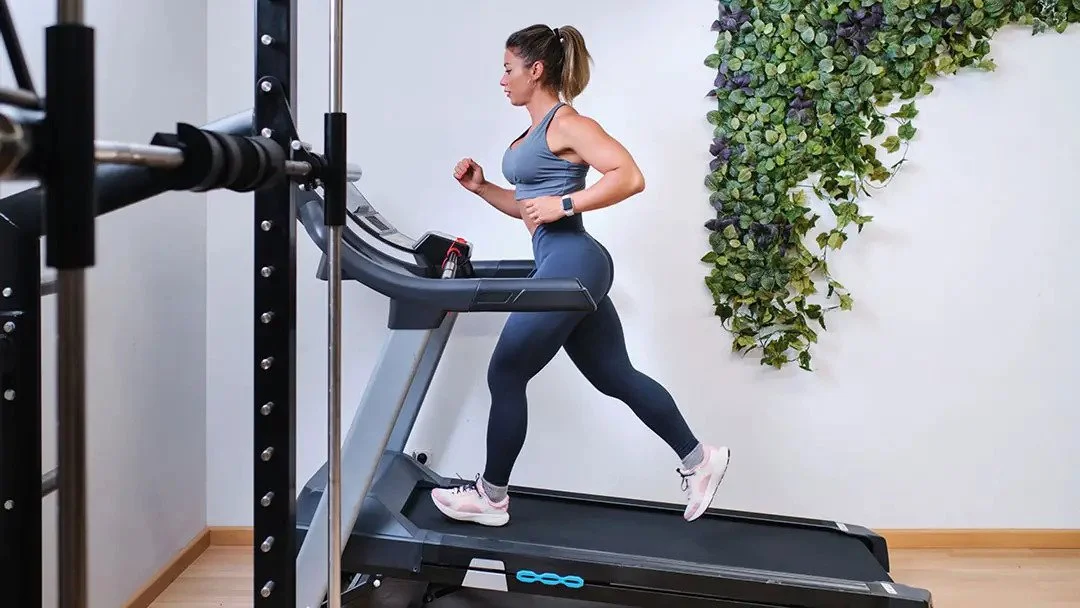Spencer Cartwright is a personal trainer at PureGym Bristol Brislington. Here, he shares his top advice for creating the perfect muscle-gaining workout routine.
So, you want to build those muscles? That’s great! Building muscle requires a person to commit to regular strength training for a long period of time, with no shortcuts unfortunately. However, you can make this process more efficient with the right nutrition and workouts. If you want to avoid wasting hours in the gym, keep reading.
While most people want to build muscle for aesthetic reasons, there are so many health benefits too, including:
- Increasing lean muscle mass, which means you’ll burn more calories at rest
- Addressing strength imbalances which can improve postural issues
- Improve overall strength, coordination, and balance
- Improve bone density and slow down bone loss
You can learn more about the benefits of strength training here.
Gaining muscle, known as muscular hypertrophy, requires some serious strength training. Strength training causes microscopic tears in the muscle fibres, which sounds scary but is actually a prerequisite of growth. As the body repairs these tissues, they get bigger, and when this is repeated again and again this results in visibly bigger muscles.
While all strength training will help to increase strength, there are certain ways to train that will maximise muscular hypertrophy. Read on to learn how to shape a strengthening workout plan that will help you to gain muscle, as well as some of the different approaches you could take. You can also click here to jump straight to the example workout plan for gaining muscle.
Read also:
- Crunches Vs. Sit-Ups: Which Exercise Is More Effective.
- Strength Training Workout Plan: Muscle Mastery
- Low-Impact Workouts: Health Benefits, How To Get Started, And How
- 7 Potential Health Benefits Of Barre
- How To Do A Push-Up (And Why They’re So Good
How Often And How Much Should You Work Out To Gain Muscle

There are a few factors to consider when designing a workout plan aimed at building muscle: frequency, volume, weight, and progressive overload.
Frequency of workouts
Most scientific studies on the matter conclude that a muscle needs to be worked at least two or three times a week in order to see it change and grow. This means you should aim to gym at least two times a week, up to a maximum of six times. It may be tempting to gym every day, but rest days are actually crucial when it comes to build muscle.
Volume
The ideal workout volume (the number of reps and sets you do) changes depending on whether your goal is strength, endurance, or hypertrophy. For muscular hypertrophy, 3-4 sets of 8-12 reps per exercise is considered the best approach.
Weight
Your workouts need to challenge the muscles enough to create change, which means choosing weights that are heavy enough that the last couple of repetitions are challenging but not impossible, but you would be unable to complete another rep with good form (or at all).
Progressive overload
Progressive overload is one of the most important principles of strength training. Our bodies are great at adapting to stimulus, so if we repeatedly do the same number of reps and sets with the same weight, we will plateau. Progressive overload involves increasing the difficulty of an exercise over time, either by increasing the weight, reps, depth, or intensity (by slowing down the tempo, for example).
For hypertrophy, what this might look like is doing 10kg for 3 sets of 8 reps one week, 10 reps, the week after, and 12 reps the week after, and then increasing to a weight you can only manage for 8 reps and repeating the process.
Read also:
- 5 Potential Health Benefits Of Resistance Band Training
- High-Intensity Interval Training (HIIT): Health Benefits
- How Indoor Rowing Helped Me Maintain A 75-Pound Weight Loss
- Just 15 Minutes Of Exercise Can Help Counteract The Health
Are Free Weights Or Machines Better For Gaining Muscle
Free weights and resistance machines are both great tools for building muscle, and while neither one is better nor worse, there are differences which can make one more suitable than the other.
Resistance machines follow a fixed movement path which make them ideal for those who have just started a muscle-building program or are new to the gym. The fixed path makes it easier to perform an exercise as it doesn’t rely on technical knowledge of the form, and this helps to ensure the right muscles are engaged while minimising risk of injury. It can also allow heavier weights to be lifted more safely, as there is no risk of dropping the weight. While good for beginners, these machines are also good for advanced lifters who want to really isolate a muscle and perfect their form. You can read more about the benefits of resistance machines, as well as 5 machines for beginners to try, here.
Free weights like dumbbells and barbells require the performer to have good form, and usually a strong core. Exercises with free weights are more challenging as more muscles need to be engaged to stabilise the movement. This extra challenge can fatigue the muscles quicker and help to build more strength and stability.
Should I Do “split Workouts”
Split workouts involve splitting up the muscles worked across the week, so each workout focuses on one area of the body or one type of exercise, for example doing an upper body day one day, leg day the next, or doing push exercises one day, pull exercises another.
Split workouts are useful when you’re training on consecutive days, as you can give the muscles you used yesterday a rest while you work on a different area. Because each muscle group needs to be worked at least twice per week for muscle growth, split workouts work best when you are training at least 3-4 times a week. If you can only commit 2-3 times a week, full body workouts are best.
Classic muscle building splits are:
-
Push/Pull/Legs (6-day split)
-
Chest & Back/Legs/Shoulders & Arms (3-1-3 split)
-
Back & Biceps/Chest & Triceps/Legs/Shoulders (4-day split)
-
Chest/Back/Legs/Shoulders & Arms (also a 4-day split)
Rather than focus on body types, a push/pull/leg split (also known as PPL) splits workouts by movement types. Pushing movements typically work chest, shoulders and triceps, while pulling movements work the back, glutes, and hamstrings.










